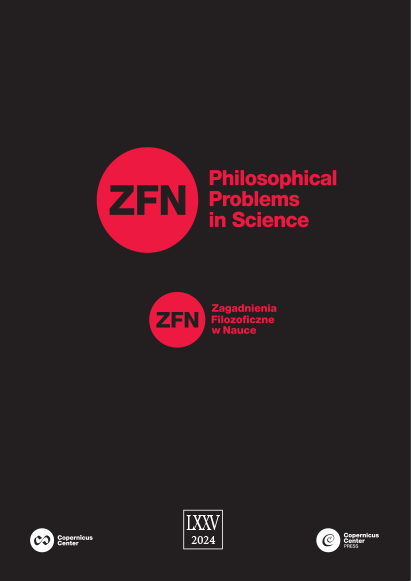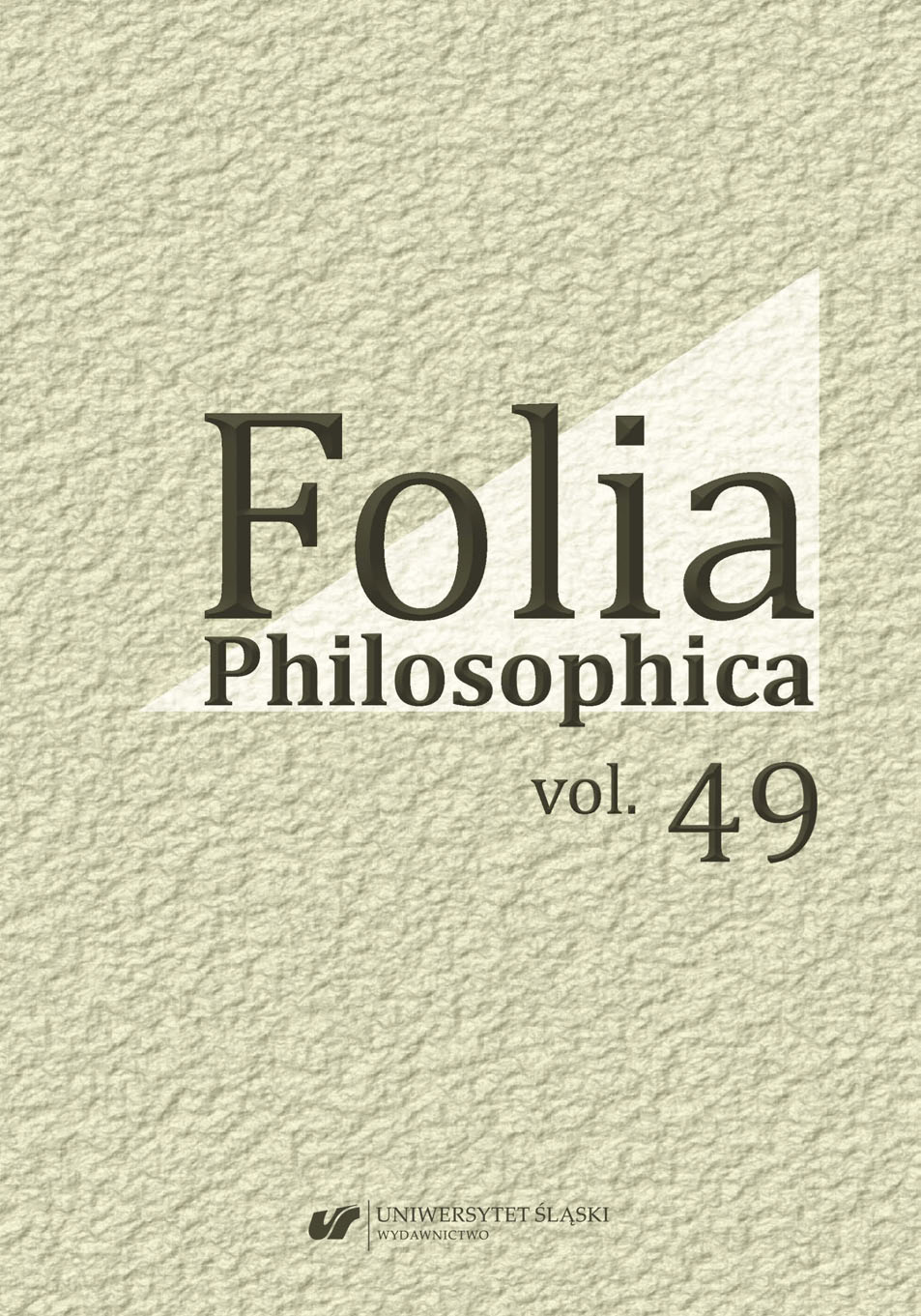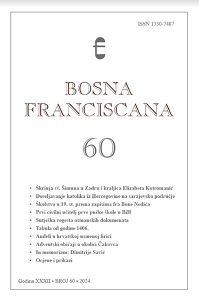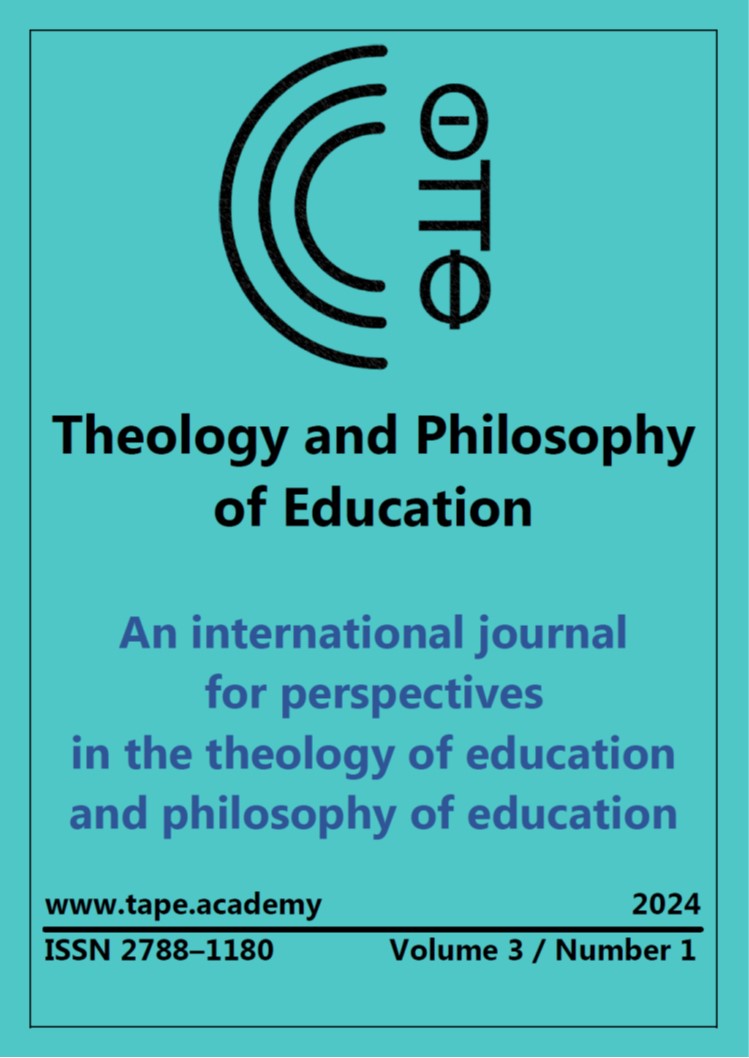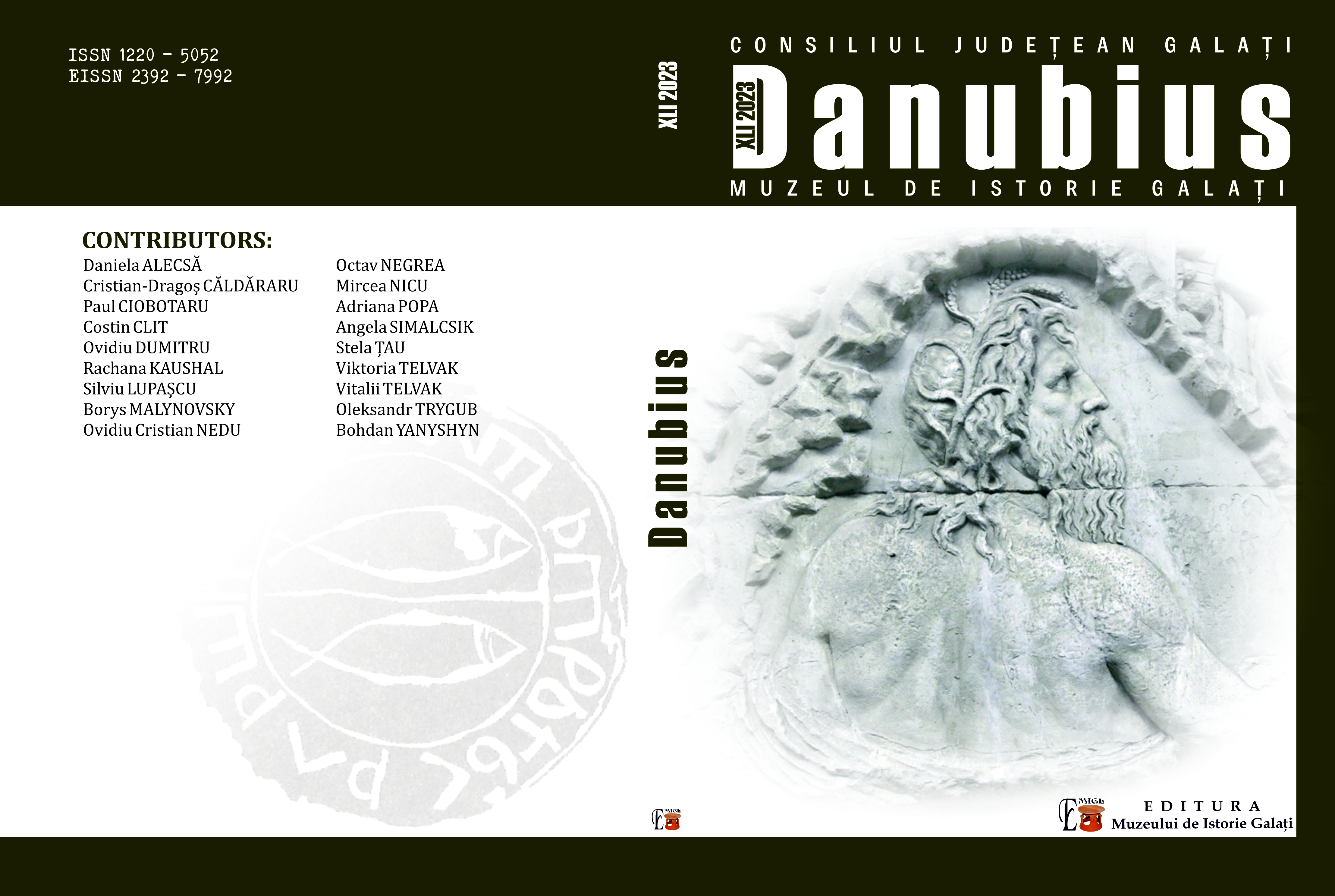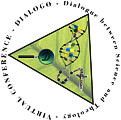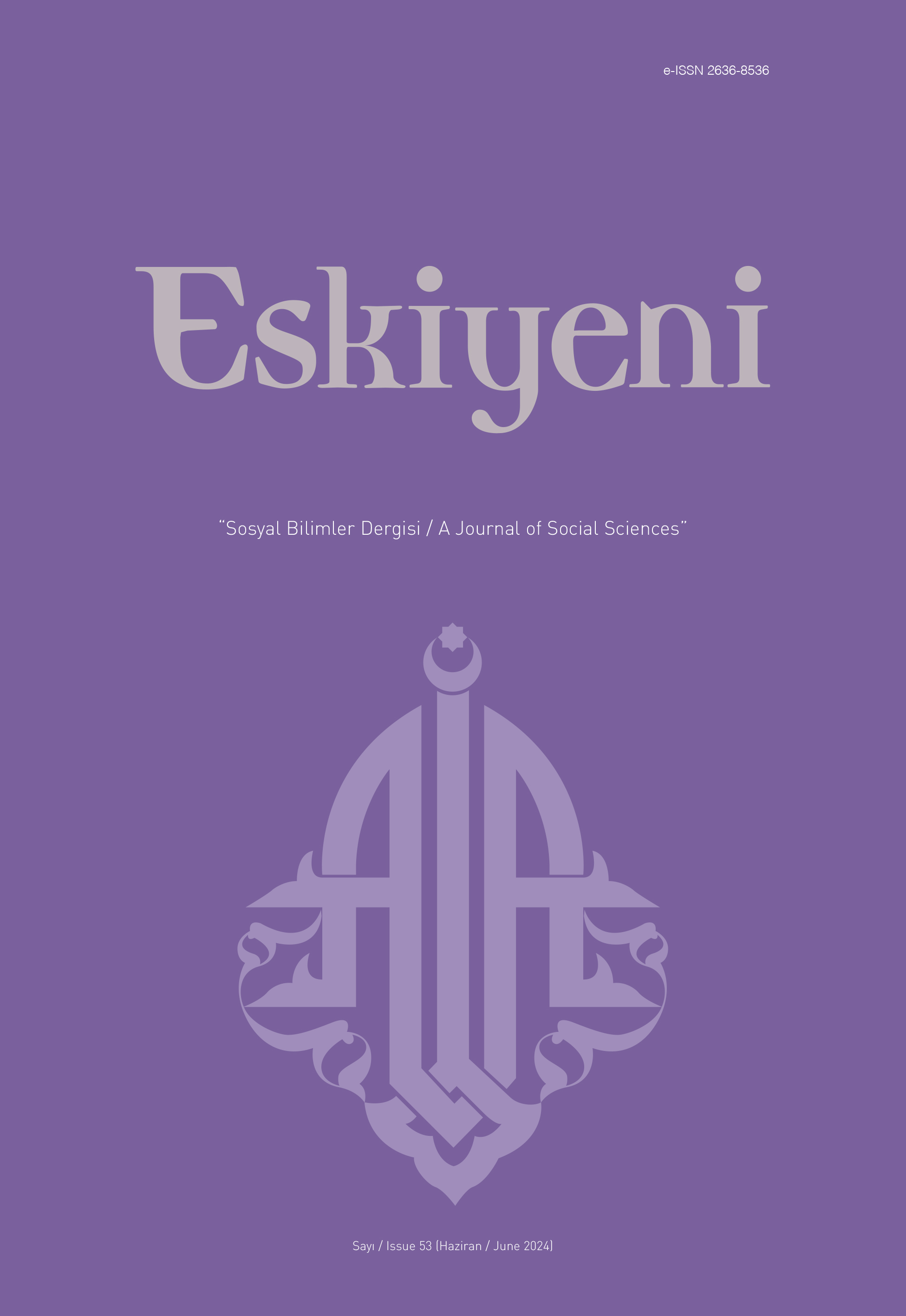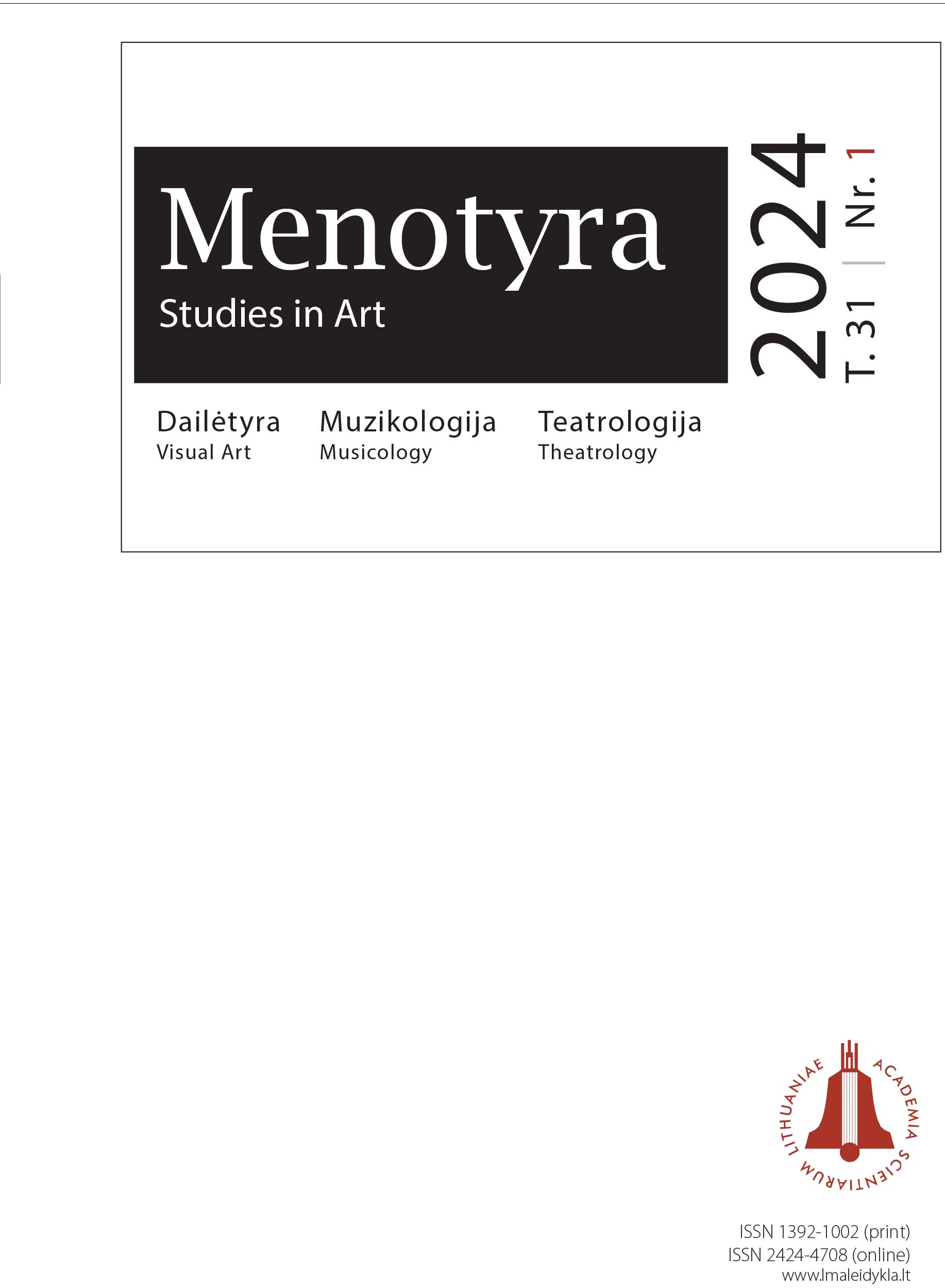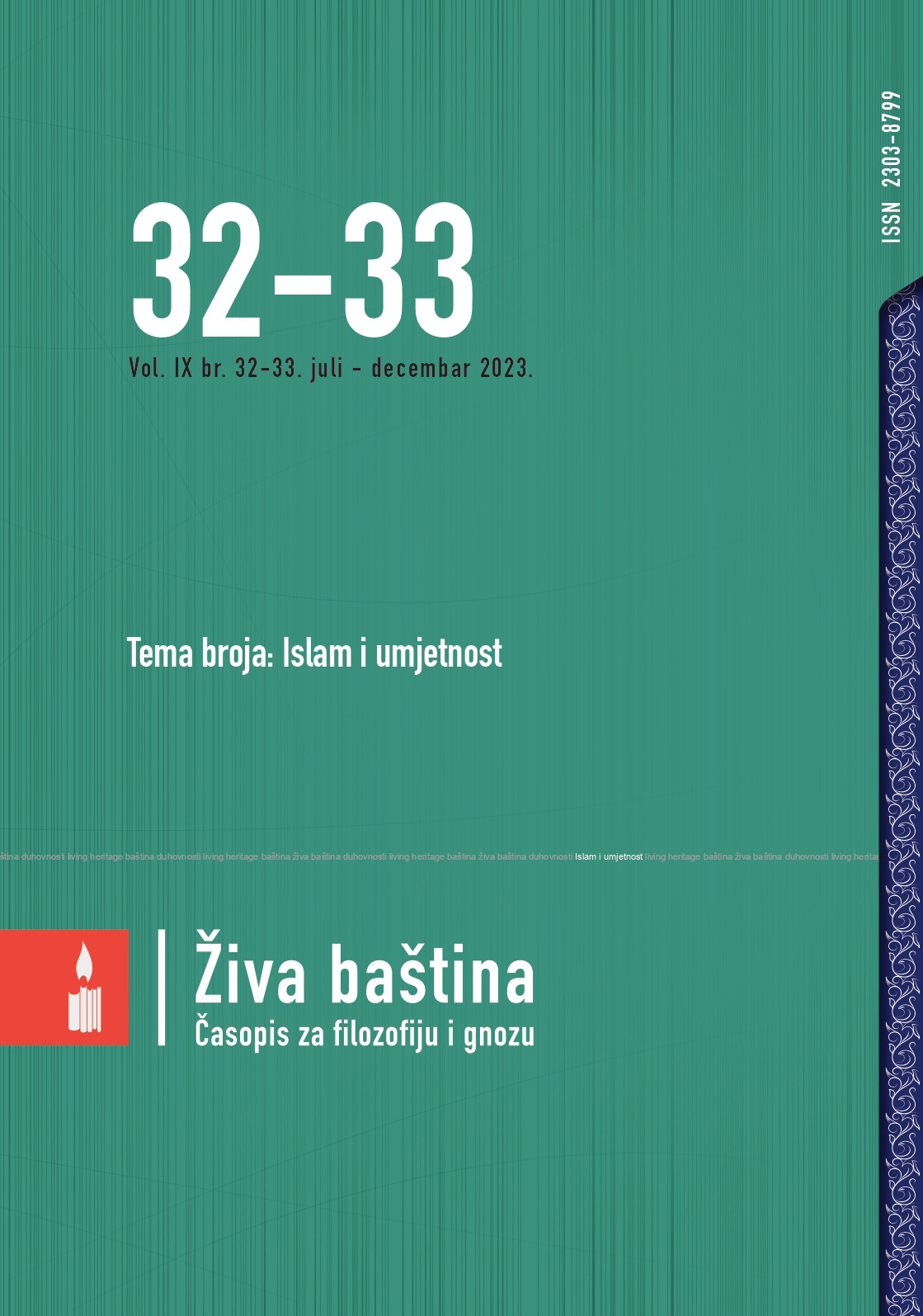
Mitologji shqiptare
The Albanian mythology, a very tempting subject for foreigners, became part of the French mythological dictionary in 198. Arshi Pipa had specifically prepared for this publication a concise study of Albanian mythology, which he first called “mythology of pagan and ballkanian type”, which is distinguished from others because “this mythology has no gods”. The deities are secondhand and do not have proper names. The editor of this publication is the great French poet Yves Bonnefoy, and the study of Arshi Pipa was published in the first volume on pages 5-7.
More...

